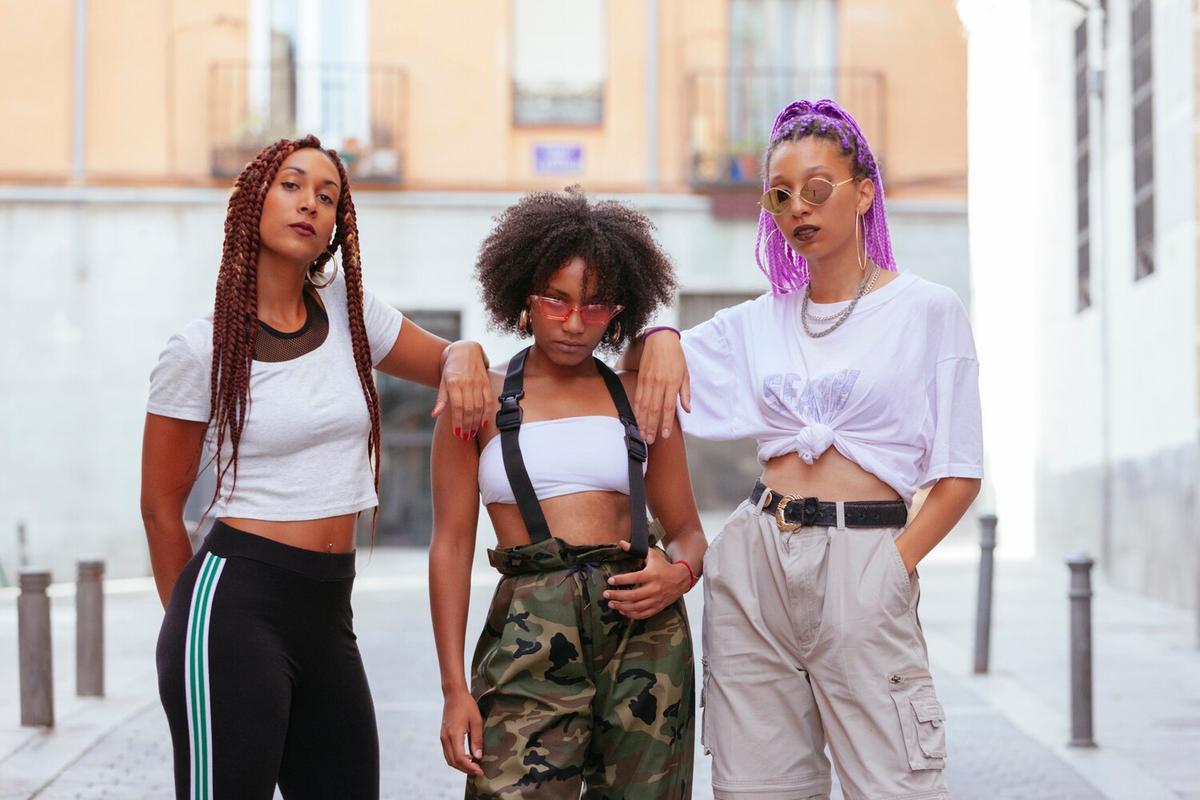The fashion industry, with its rapid cycles and ever-changing trends, presents a dichotomy between fast fashion and slow fashion. Understanding the impact of these two approaches is crucial in an era where sustainability is becoming increasingly important.
Understanding Fast Fashion vs Slow Fashion
Fast fashion refers to the rapid production of clothing to meet the latest trends, often at the expense of quality and sustainability. Slow fashion, on the other hand, emphasizes quality, timelessness, and environmental responsibility.
The Impact of Fast Fashion
Fast fashion has been criticized for its significant environmental impact. According to the World Bank, the fashion industry accounts for 10% of global carbon emissions. This approach often results in overproduction, leading to excessive waste.
“The true cost of fast fashion includes environmental degradation and ethical concerns,” notes fashion analyst Isabel Rivera.
Embracing Slow Fashion
Slow fashion advocates for a more mindful approach to clothing production and consumption. It emphasizes ethical labor practices and sustainable materials. For instance, opting for garments made from organic cotton or recycled fabrics can significantly reduce environmental impact.
Statistics on Fashion’s Environmental Impact
| Aspect | Fast Fashion | Slow Fashion |
|---|---|---|
| Carbon Emissions | High | Low |
| Water Usage | Extensive | Minimal |
| Waste Generation | High | Low |
| Production Speed | Rapid | Deliberate |
| Material Quality | Low | High |
| Labor Practices | Often Unethical | Ethical |
| Durability | Short-term | Long-lasting |
| Trend Focus | High | Low |
Personal Anecdote
When I transitioned to slow fashion, I noticed not only a reduction in my wardrobe’s size but also an enhancement in its quality. Each piece felt like a cherished investment rather than a fleeting trend.
Actionable Tips for Embracing Slow Fashion
- Invest in high-quality, timeless pieces that last longer.
- Support local brands that focus on ethical production.
- Repurpose and recycle clothing to reduce waste.
- Educate yourself about the origin of your clothes.
Conclusion
Sustainability in fashion is not just a trend; it’s a necessary shift towards a more responsible future. By choosing slow fashion, we can contribute to a healthier planet and a fairer industry. Let’s take action today and make conscious choices that reflect our values.
Frequently Asked Questions
What is the main difference between fast fashion and slow fashion?
Fast fashion focuses on rapid production and trend turnover, while slow fashion emphasizes quality and sustainability.
How can I start transitioning to slow fashion?
Begin by evaluating your current wardrobe, investing in timeless pieces, and supporting sustainable brands.
Are there any certifications to look for in sustainable fashion?
Yes, certifications like Fair Trade and GOTS (Global Organic Textile Standard) are good indicators of sustainable practices.




Leave a Reply